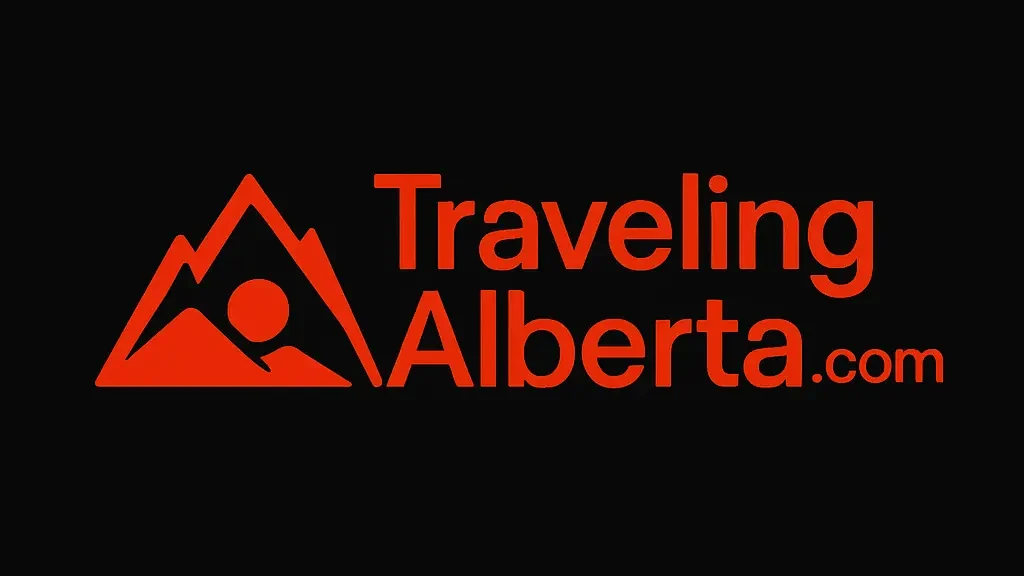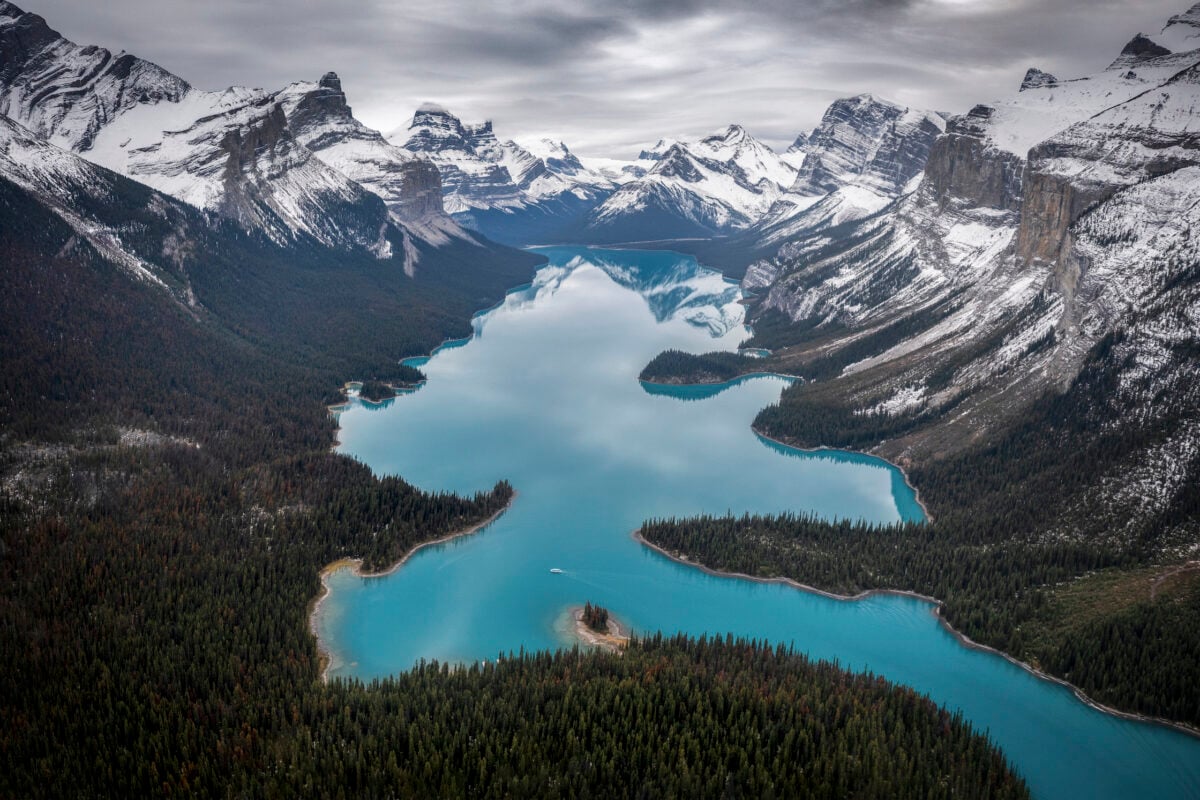Nestled in the majestic Canadian Rockies, Jasper National Park is a wild, beautiful escape filled with towering mountains, glacier-fed lakes, deep valleys, and unforgettable wildlife. As the largest national park in the Canadian Rockies and a designated UNESCO World Heritage Site, Jasper draws visitors from around the world who seek a deeper connection with nature, adventure, and tranquility.
Covering more than 11,000 square kilometers, Jasper is known for its peaceful atmosphere, dramatic landscapes, and year-round outdoor activities. From hiking alpine trails and exploring canyons to watching elk roam free and paddling across turquoise lakes, every moment in Jasper feels like stepping into a postcard. Whether you’re a first-time visitor or a seasoned outdoor enthusiast, this complete guide to Jasper National Park will help you discover what makes it one of Canada’s most treasured destinations.
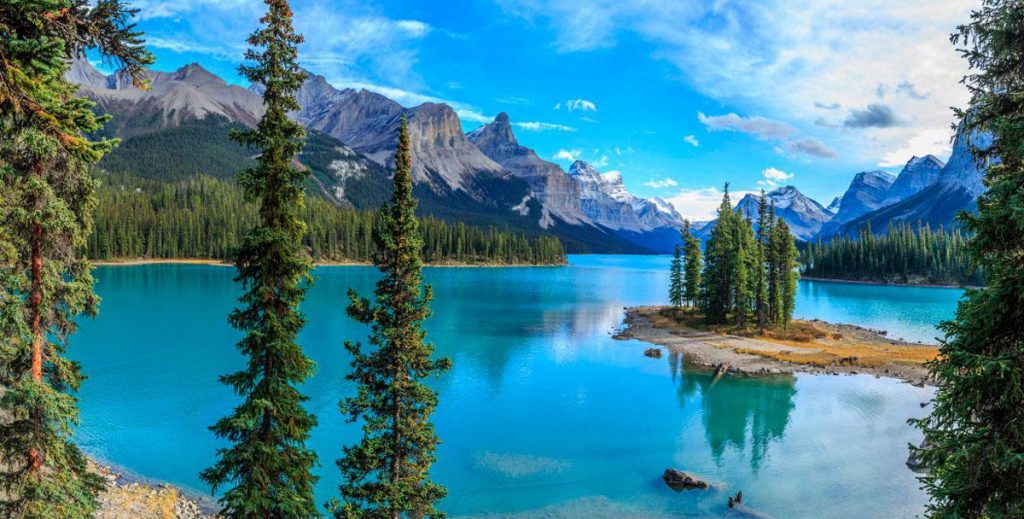
Why Visit Jasper National Park?
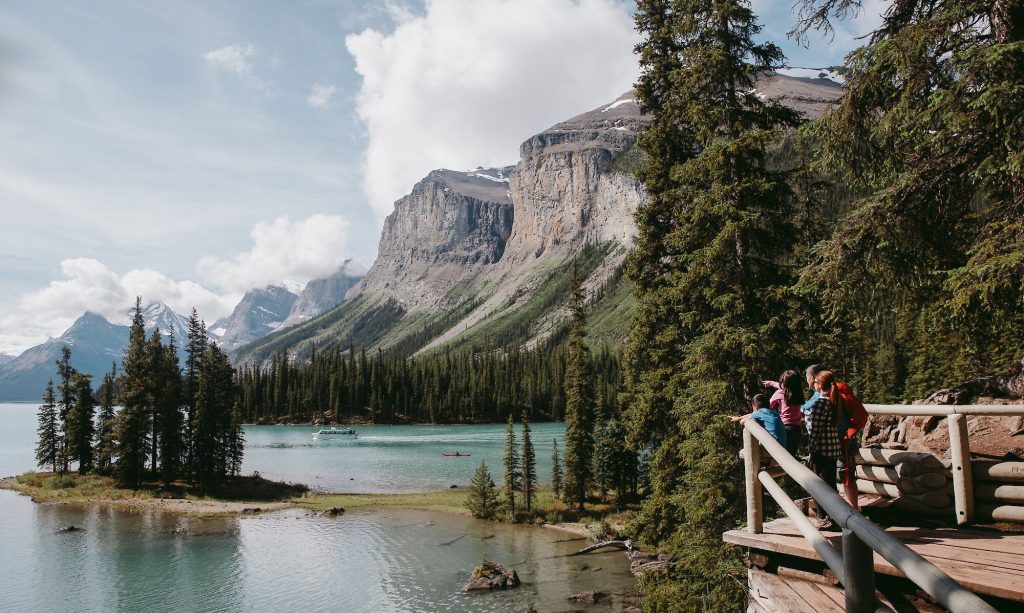
Jasper National Park offers something few places in the world can: unspoiled wilderness with all the comforts of accessible travel. Unlike Banff, its more commercial neighbor to the south, Jasper is quieter, more laid-back, and less crowded — yet equally stunning. The park combines breathtaking natural features like mountains, glaciers, lakes, and hot springs with rich ecosystems that support a variety of wildlife, including bears, moose, wolves, elk, and mountain goats.
One of the biggest reasons to visit Jasper is the diversity of activities available throughout the year. In the summer, you can hike, mountain bike, canoe, raft, and camp under the stars. In the winter, the park turns into a snowy wonderland perfect for skiing, snowshoeing, wildlife tracking, and viewing the northern lights. Fall is known for golden foliage and active wildlife, while spring brings blooming wildflowers and thundering waterfalls from melting snow.
Another highlight is the Jasper Dark Sky Preserve, the second-largest in the world. It offers some of the clearest stargazing opportunities in North America. During the annual Dark Sky Festival, the night sky becomes the stage for meteor showers, planets, constellations, and sometimes the aurora borealis.
Top Attractions in Jasper National Park
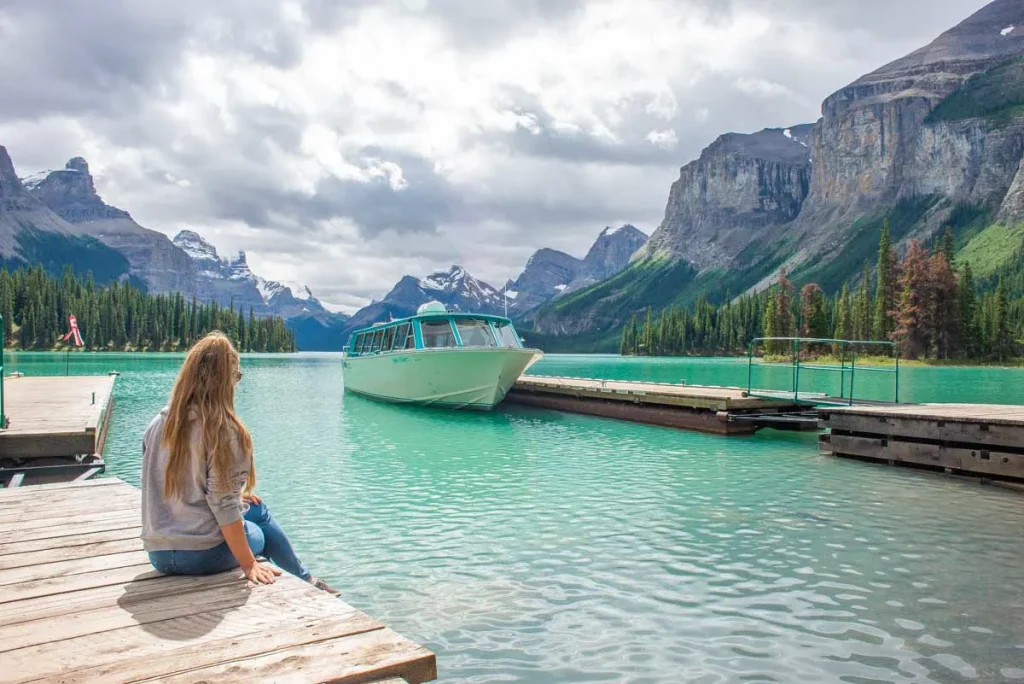
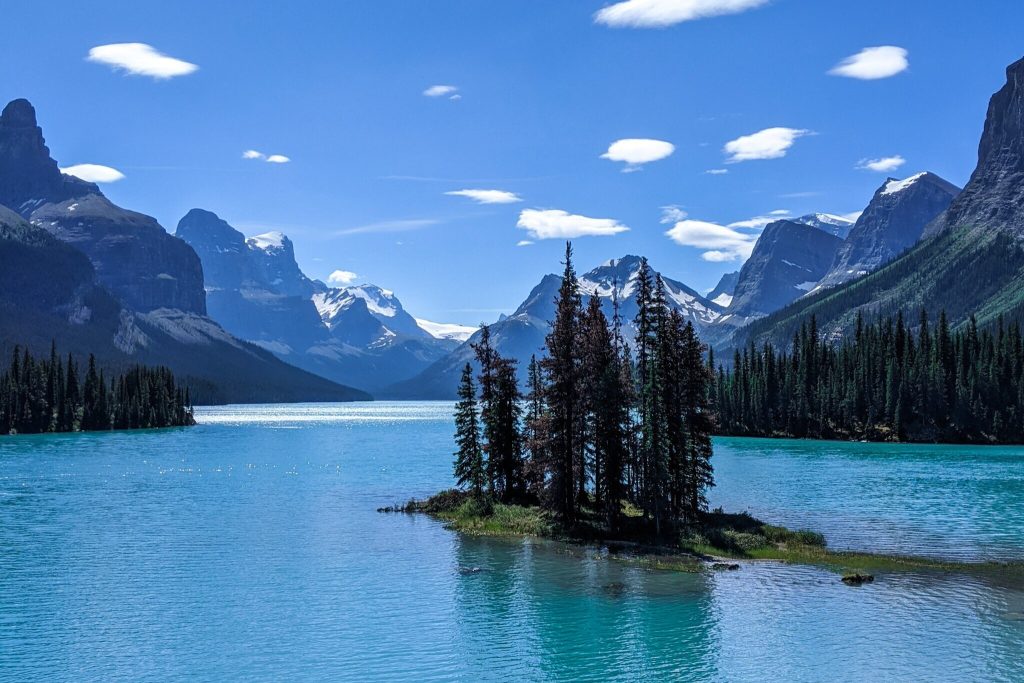
Maligne Lake and Spirit Island
No trip to Jasper National Park is complete without visiting Maligne Lake, one of the most photographed locations in Canada. Known for its vivid turquoise waters and snow-capped peaks, Maligne Lake stretches for 22 kilometers, making it the largest natural lake in the Canadian Rockies. What makes this lake truly iconic is Spirit Island, a tiny, forested islet with a majestic mountain backdrop that is only accessible by water.
You can take a scenic boat cruise to Spirit Island or rent a kayak or canoe for a more immersive experience. On calm mornings, the lake reflects the surrounding mountains like a mirror, creating picture-perfect moments. The area around the lake also offers several hiking trails, including Mary Schäffer Loop and Moose Lake Loop, where you can spot moose, deer, or even bears.
Beyond the lake, the drive to Maligne Lake includes stops at Maligne Canyon, Medicine Lake, and scenic viewpoints. Maligne Canyon, in particular, is an impressive limestone gorge where water has carved deep, narrow chasms through the rock. Walking trails and bridges offer close-up views of waterfalls, fossils, and rock formations.
Athabasca Falls
Athabasca Falls is one of Jasper National Park’s most powerful and awe-inspiring natural features. Located just off the Icefields Parkway, about 30 kilometers from Jasper town, this waterfall isn’t the tallest in the park (only about 23 meters), but it’s certainly one of the most dramatic due to the sheer volume of water that crashes through the narrow gorge year-round.
The falls are easily accessible by a short, paved path from the parking area. Along the route, multiple viewing platforms offer different angles of the roaring cascade. Photographers will appreciate the way the water cuts into ancient rock, forming intricate patterns and creating misty rainbows when the sun hits just right. Even on rainy days, the spectacle is unforgettable.
Information boards around the site tell the story of the Athabasca River and its significance as part of early fur trade routes used by Indigenous peoples and explorers. The area also offers picnic spots and restrooms, making it a great stop for families and road trippers alike.
Columbia Icefield and Glacier Skywalk
The Columbia Icefield is one of the most accessible icefields in North America and one of the highlights of the Icefields Parkway, which connects Jasper and Banff National Parks. The icefield feeds eight major glaciers, including the famous Athabasca Glacier, which you can walk on or explore via a guided Ice Explorer tour.
Standing on the glacier, you’re surrounded by ancient ice that’s hundreds of meters thick — a humbling and educational experience. Visitors can also opt for guided ice walks with crampons, where you’ll learn about glacial features like crevasses and moraines. These tours are led by trained guides who explain how climate change is affecting glaciers worldwide.
Adjacent to the glacier is the Glacier Skywalk, a glass-floored walkway that extends over the Sunwapta Valley. Suspended nearly 300 meters above the valley floor, the Skywalk offers panoramic views of waterfalls, cliffs, and mountain peaks. It’s not for the faint of heart, but it’s a thrilling experience that combines natural beauty with human engineering.
The Columbia Icefield Discovery Centre nearby includes exhibits, restaurants, washrooms, and ticketing booths — it’s your base for all glacier-related activities.
Outdoor Adventures in Jasper National Park
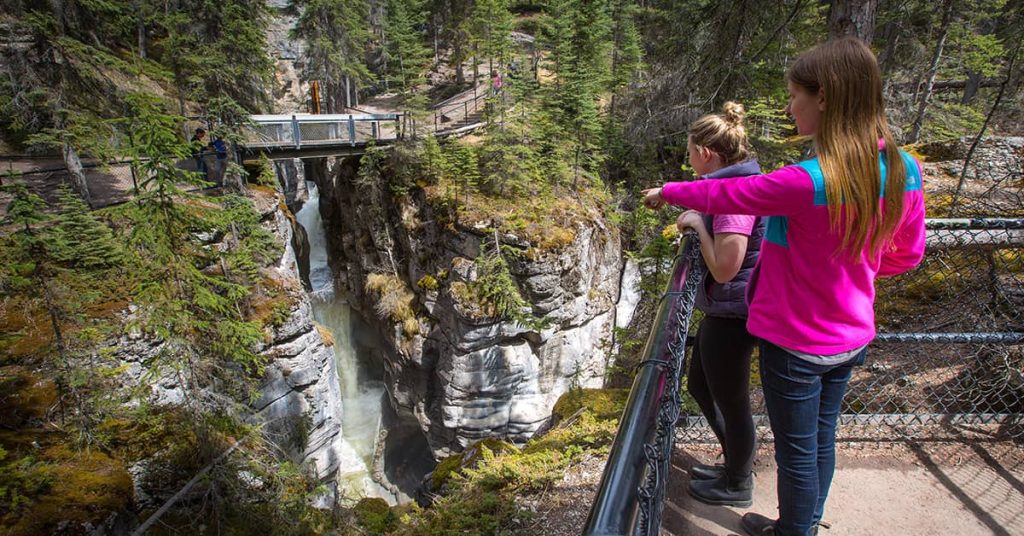
Hiking and Backpacking
With over 1,000 kilometers of trails, Jasper is a hiker’s paradise. Trails range from short, family-friendly strolls to strenuous multi-day backpacking routes. For a beginner-friendly hike, try the Valley of the Five Lakes, a 4.5-kilometer loop that takes you past brilliantly colored glacial lakes surrounded by pine forest and wildflowers.
More experienced hikers should consider the Sulphur Skyline Trail, a 8-kilometer climb that rewards you with panoramic views of surrounding peaks and valleys. Afterward, relax in the nearby Miette Hot Springs for a perfect end to your day.
For multi-day hikes, the Skyline Trail is one of Jasper’s most famous. Spanning 44 kilometers, it traverses high alpine ridges with nearly 30 kilometers above the treeline — offering unobstructed mountain views the entire way. Campsites must be booked in advance through Parks Canada.
Always hike with caution, check trail conditions, carry bear spray, and store food properly. Wildlife is part of what makes Jasper special, but it also requires respectful coexistence.
Canoeing, Kayaking, and Rafting
Jasper’s glacier-fed lakes and rivers offer some of the most scenic paddling opportunities in the Rockies. Rent a canoe or kayak at Pyramid Lake, Lac Beauvert, or Maligne Lake and enjoy a tranquil glide through turquoise waters surrounded by forested mountains.
Those looking for more excitement can book a whitewater rafting tour on the Athabasca or Sunwapta Rivers. These guided adventures range from family-friendly floats to adrenaline-pumping rapids. Along the way, you’ll spot wildlife, learn about the region’s geology, and see the park from a new perspective.
Paddling in Jasper is not just an activity — it’s a peaceful way to connect with the environment. Early morning or sunset paddles offer the best conditions for reflection photography and wildlife sightings like loons, deer, and even bears along the shore.
Best Time to Visit Jasper National Park
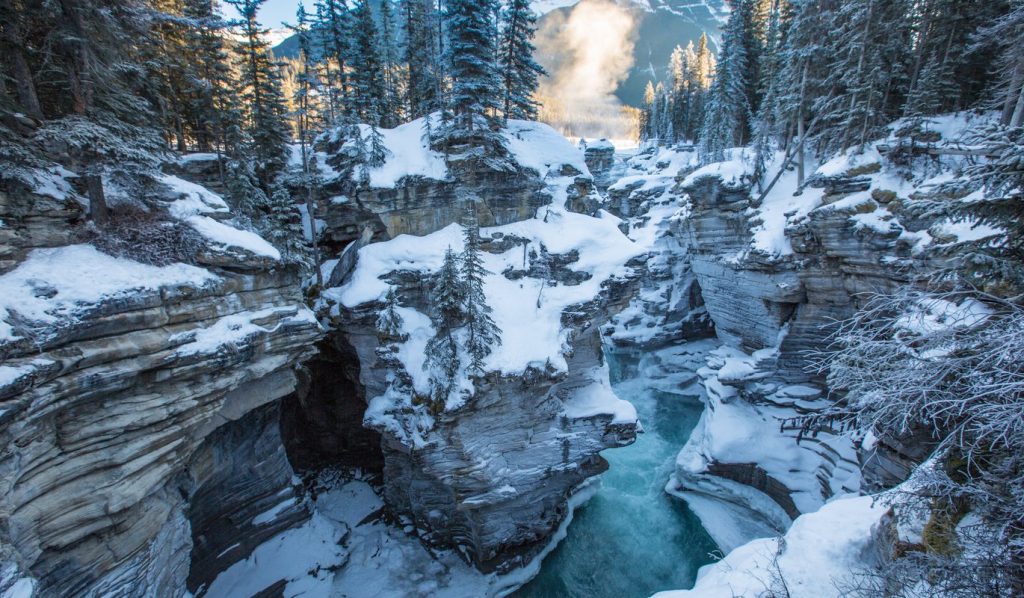
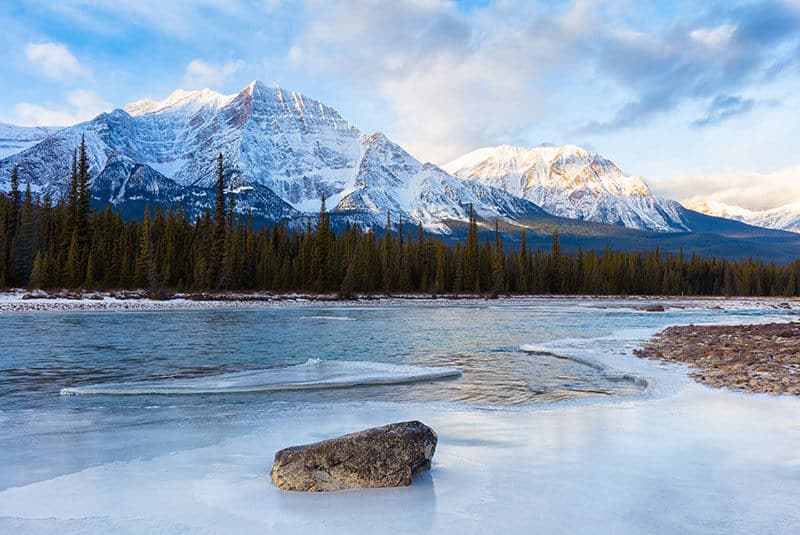
The best time to visit Jasper depends on what kind of experience you want.
- Summer (June to August): The most popular season, with warm temperatures and long daylight hours. All hiking trails, lakes, and attractions are open. This is the best time for camping, paddling, and sightseeing.
- Fall (September to October): Crisp air, golden larches, fewer crowds, and active wildlife make this a favorite for photographers and nature lovers. The elk rut occurs in fall, making it a great time to observe behavior (from a safe distance).
- Winter (November to March): Snow covers the mountains, making it perfect for skiing, snowshoeing, and viewing the Northern Lights. Head to Marmot Basin for downhill skiing or rent gear for cross-country trails.
- Spring (April to May): As the snow melts, waterfalls roar to life and wildlife emerges. It’s a shoulder season with lower prices, though some trails may still be snow-covered.
Where to Stay in Jasper National Park
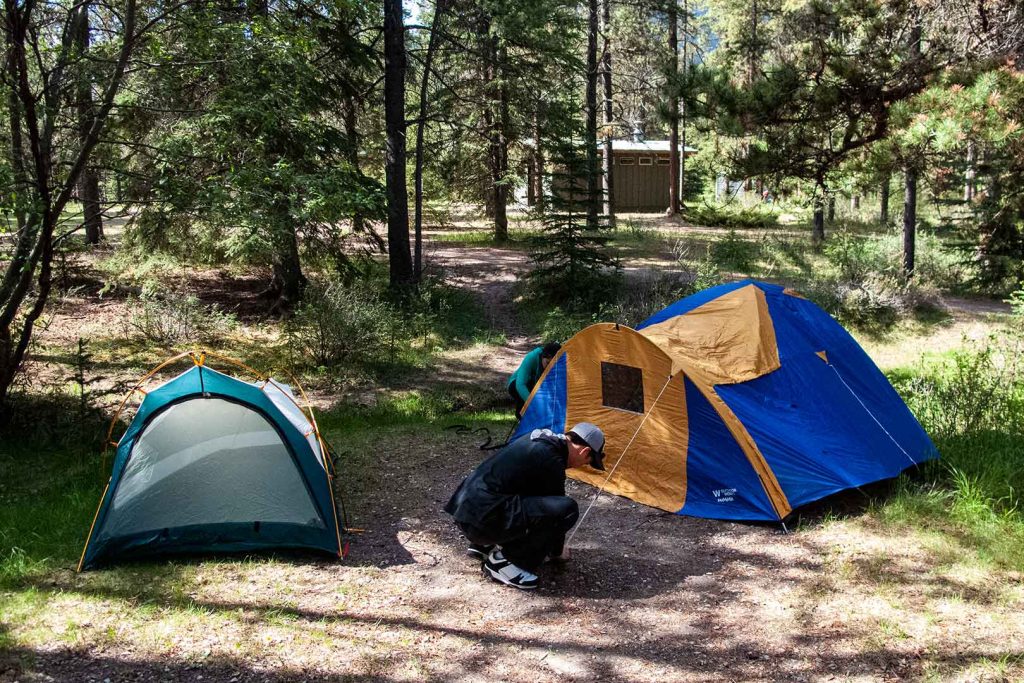
Jasper offers a variety of accommodations to suit every traveler’s budget and style.
- Hotels & Resorts: Options include the Fairmont Jasper Park Lodge, Pyramid Lake Resort, and several mid-range hotels in the townsite. Book early for summer stays.
- Camping: Parks Canada operates multiple campgrounds like Whistlers, Wapiti, and Snaring River. Some are open year-round, but most are seasonal.
- Backcountry Lodges: For off-the-grid adventures, consider rustic cabins or remote backcountry campsites — just be prepared and book ahead.
- Hostels & Budget Options: Jasper Downtown Hostel and HI-Jasper offer affordable stays with communal facilities.
Final Thoughts: A Journey into Wild Beauty
Jasper National Park is more than just a destination — it’s a journey into raw, breathtaking wilderness. Whether you’re paddling across Maligne Lake, hiking up alpine trails, or simply watching the stars in silence, Jasper opens your eyes to the natural wonders that still exist in today’s fast-paced world.
So take your time, explore responsibly, and let Jasper leave its mark on your heart. With every sunrise over snow-dusted peaks and every animal encounter, you’ll understand why this park remains one of Canada’s most treasured natural spaces.
